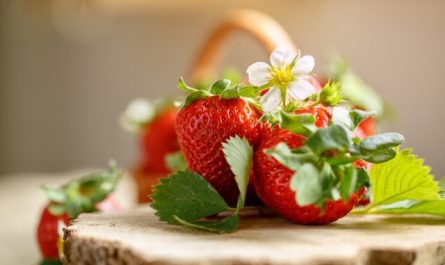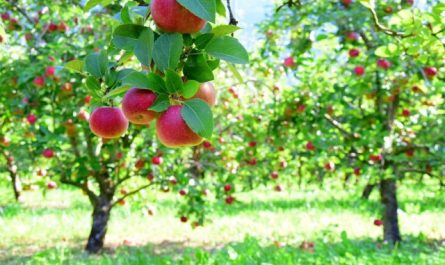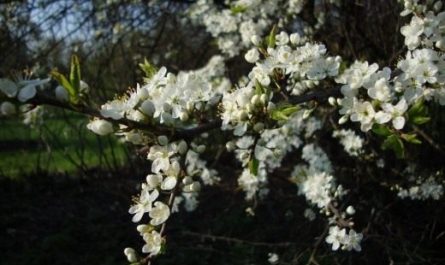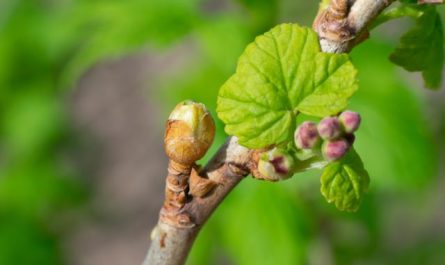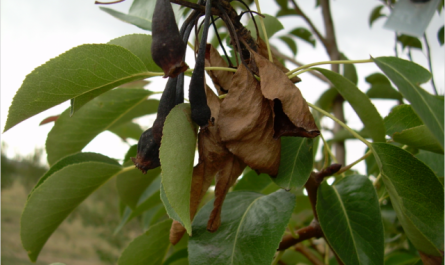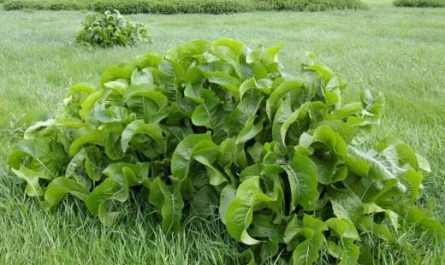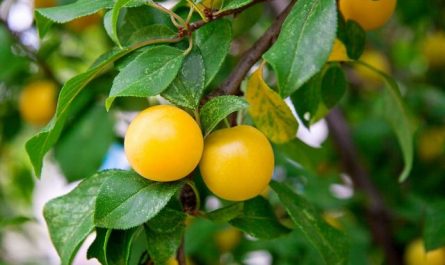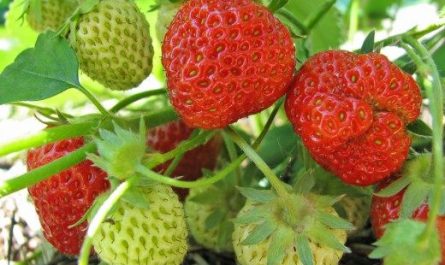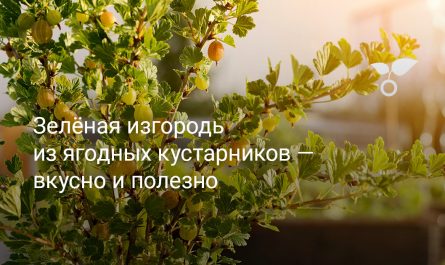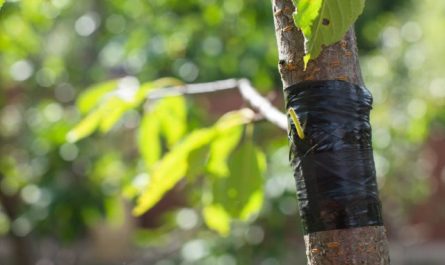To date, breeders have developed, according to various sources, from seven to ten thousand (!) varieties of cultivated apple trees. But with their enormous diversity, private gardens, as a rule, grow only a couple of popular and beloved varieties. Apple trees are large trees with a spreading crown, and you can’t grow many of them on one plot. But what if you try to grow columnar varieties of this crop? In this article, I will tell you about these varieties of apple trees.

When are columnar apple trees the best solution?
All garden varieties of apple trees are divided into 3 large groups: early (summer), mid-season (autumn) and late (winter).
In order to have a home-grown apple on the table all year round, you need to grow at least 8-10 varieties of apple trees with different taste qualities and ripening periods on your garden plot. But with their spreading crowns, it is realistic to grow only 1-3 trees on a small plot, which will take up more than half of the land allocated for the garden.
And the harvest from ten adult apple trees, if you do not sell them, one family, no matter how big it is, will not be able to eat or process. In good years, more than half of the apples will have to be either given away (it’s good if there is someone to give them to) or composted.
Therefore, at present, apple trees of a new type are becoming increasingly popular. These are columnar crops. Each of them occupies up to one meter of space, forms crops, of course, less than their large relatives (nothing will have to be thrown away), but their small size makes it possible to grow many different varieties.
The columnar type of apple trees does not form lateral branches, grows almost in one trunk, on which it forms fruits. Such apple trees are distinguished by early fruiting – the first harvest can be obtained already the next year after planting. The maximum yield, with proper care and selection of variety – up to 20 kg from a miniature tree.
Like regular varieties, columnar apples are divided into early, middle, and late, but they have one peculiarity: they are not frost-resistant enough. However, selection does not stand still and there are already columnar apple trees that easily tolerate winter temperatures down to -40°C.
Early (summer) varieties of columnar apple trees for the middle zone
Technical maturity of fruits occurs in the period from the third decade of July to mid-August. Storage – 2-4 weeks. Such varieties are used fresh or canned (compotes, juices, jam, etc.).
1. Apple tree “Vasyugan”
Semi-dwarf, reaches 2,5-3 m in height. It is considered the best summer variety. The fruits ripen in late August. They are stored for 1-2 months. The fruit weight is 130-200 g with a pronounced sweet taste, leaving a barely noticeable sour aftertaste. The type of fruit according to tasting qualities is dessert. It has a well-defined aroma. The shape of the fruit is elongated-conical.
The apple skin is dense, initially yellow-green, turning into a bright pink-red color. The pulp is white-cream, grainy, dense.
The variety is characterized by high frost resistance – up to -40 ° C, which allows cultivating the variety not only in the central zone of Russia, but also in the more severe conditions of the Urals and the Far East. The yield reaches 5-7 kg per tree, active fruiting lasts up to 15 years, and then quickly decreases.

2. Apple tree “Medoc”
A cute dwarf, the height of which reaches 2,2 m, the crown habit does not exceed 25 cm. Very popular among gardeners due to the high resistance of the root system to frost (up to -42 ° C).
Depending on the climate conditions, it can be classified as a late summer or early autumn variety. The harvest ripens in August, and north of the Moscow region it ripens in September.
An early-bearing variety, capable of forming several fruits already in the first year (it is better to pick off the flowers so as not to weaken the tree with early formation of the crop). Despite its dwarfism, it forms high yields. The maximum yield of 8-10 kg is achieved by the tree in the 5th year of life, active fruiting lasts 15-16 years.
The fruits are round in shape and bright yellow (honey) or white-yellow in color. Fruits weigh from 150 to 250 g. The skin is dense, the color is yellow, elegant. The taste is sweet, honey with a unique aroma. The pulp is juicy, white, granular in structure. In terms of taste, the fruits are suitable for baby and dietary nutrition.
The shelf life of apples does not exceed one month. The variety is resistant to scab and other diseases. They are used fresh and for winter preparations.

3. Apple tree “President”
Semi-dwarf, zoned for the Moscow region and the middle zone, summer variety (2-2,5 m in height, crown habit 15-25 cm). High winter hardiness (withstands frosts down to -40°C). The variety is resistant to diseases. Early fruiting. Fruits are located along the entire trunk, starting from 30 cm from the ground. Fruiting is regular, in some years below average.
The fruits are flattened-round, greenish or pale yellow with a delicate pinkish blush, sometimes purple-red. The skin is dense, thin with a shiny sheen. Fruit weight is 140-250 g. The pulp is juicy, sweet and sour, white, sometimes cream-colored. The taste is dessert (tasting score 4,8-5,0 points).
Ripening – from mid-August to mid-September. Minimum storage period is 1,5 months. Maximum yields begin at 4-5 years of age. The yield fluctuates between 8-10, and with good care 12-16 kg per tree. The duration of active fruiting is 15 years. It is used fresh, for canning, and making dried fruits.

Medium (autumn) varieties of columnar apple trees for the middle zone
To provide a family with fruits of mid-season varieties, it is enough to have 2-3 varieties on the plot. It is better to pick the first fruits in the 2nd year. The varieties of this group are mostly quite resistant to diseases, tolerate winter cold well. Fruiting lasts almost all autumn, the maximum harvests begin from the age of 5. The fruits are stored for 3 or more months, providing the family with fresh fruits in the winter.
4. Apple tree “Gin”
The variety is dwarf, the crown is compact (up to 30 cm), the tree does not exceed 2 meters in height, which is very convenient for caring for the crop and harvesting. Early fruiting, already in the second year it forms the first fruits. The variety is resistant to scab and other fungal diseases, tolerates autumn-spring cold snaps and winter frosts down to -40 ° C.
The fruits are round, weighing 120-150 g. The color of the fruits is bright crimson. The pulp is light, sweet and sour, juicy to the point of crunch, very aromatic, especially at biological ripeness, which the fruits reach during storage. The variety is classified as a dessert variety in terms of taste, the tasting score is 4,7.
The fruits ripen by the end of August-beginning of September. In the first 3-4 years, the yield fluctuates within 4-5 kg, and in subsequent years it can reach up to 15 kg per tree. A remarkable property of the variety is that the fruits do not fall off, so the harvest can be harvested gradually. They are used fresh and for canning.
The variety is short-lived. The period of active fruiting does not exceed 12 years.

5. Apple tree “Triumph”
Semi-dwarf columnar (height up to 2 m), autumn ripening. The crown is compact, small in size. Early fruiting. Beginning to bear fruit in the second year of planting, by the age of 5 it forms 5-6 kg of very tasty fruits, weighing from 130 to 200 g.
The fruits are flat-spherical in shape. The skin is dense, glossy, bright dark red with a striped blush.
The fruits have a candy-sweet taste with a delicate sourness and honey aftertaste. Characteristic, well-distinguished apple aroma. The pulp is grainy, dense, crispy, white.
It is resistant to scab, other diseases and pests. Among the disadvantages is average frost resistance, the variety requires shelter for the winter.
Harvesting of the technically ripe crop begins in mid-September. The storage period of the fruits does not exceed 1-1,5 months. The use of the fruits is universal: fresh and other types of processing (compotes, jams, juices).

6. Apple tree “Ostankino”
The variety is classified as a fast-growing semi-dwarf, the height of the tree does not exceed 2,5 m. The crown is compact, small-sized. Winter hardiness is from medium to high.
The harvest begins to form from the second year of life. The variety is high-yielding, it reaches high yield in the 5th year, when it forms up to 16 kg of fruits per tree. Active fruiting continues for 14-15 years, gradually decreasing. The variety needs pollinators, which can be the President and other varieties (with simultaneous flowering).
Fruits are formed along the entire stem, starting from 40 cm from the soil level. The majority of fruits have an average weight of 100-150 g, but individual specimens reach 250-300 g. Harvesting, depending on the growing area, begins in the first to third ten days of September.
The shape of the fruit is round, slightly flattened. The skin is dense and smooth. The covering color of the skin is bright red, with a smart red-violet blush almost all over the apple. The pulp is white, juicy, the taste is sweet and sour.
Under optimal storage conditions, it has a long shelf life – almost until December-January. The variety is universal: it is used fresh and for winter preservation in the form of jams, juices, compotes, etc.

7. Apple tree “Senator”
Refers to varieties of medium ripening period. It is distinguished by its resistance to weather cataclysms: drought-resistant and winter-hardy variety. It resists diseases (powdery mildew, anthracnose, septoria) well, and from pests – sawfly.
The fruits are medium-sized, weighing 130-300 g, and have a very unusual color. The outer skin is thin, dark red with distinct stripes, and is almost black when biologically ripe. The fruits are juicy, with an apple aroma, and the taste is sweet. The pulp is slightly creamy and soft.
The harvest is carried out in September. The yield is up to 16 kg per tree. The shelf life is until January. Suitable for fresh consumption and for canning.

Late (winter) varieties of columnar apple trees for the middle zone
Late varieties of apple trees are a must in the garden. They are distinguished by their high shelf life with the preservation of the quality of the fruit until March. The choice of late varieties is quite large. Below is a description of those that, in my opinion, are most suitable for growing in the middle zone.
8. Apple tree “Valuta”
Winter variety, ideal for growing in central Russia. The height of the trees is no more than 2,5 m, the crown habit is about 20 cm. A true decoration of the garden plot. The leaves are bright green until late autumn. The narrow trunk is literally intertwined with fairly large round apples weighing 100-250 g.
The apple skin is thin, shiny (with gloss), the fruits are yellow, elegant with a red blush on the “cheeks”. The taste is sweet with a light, slightly sour aftertaste. The pulp is aromatic, juicy, white. Harvesting at technical maturity begins in the last days of September – the first half of October. Apples do not fall off, so their harvesting can be extended.
The variety is early-bearing and already in the 2nd year forms the first fruits, a fairly high yield is obtained in the 4-5th year – 4-5 kg. The yield of trees increases to 10 kg per tree with full care (watering, fertilizing).
It has excellent qualities: winter hardiness, resistance to scab and other diseases and pests, high shelf life and transportability. It is used fresh and for canning.

9. Apple tree “Moscow necklace”
Winter variety, cold-resistant, semi-dwarf. The height of an adult tree is 2-3 m, the crown is very narrow, almost in 1 trunk. Needs pollinators, which can be other varieties. Resistant to scab. Needs preventive protective measures against other diseases (moniliosis, spotting) and pests (codling moth, aphid, mite).
An early-bearing variety, already in the first year you can test the fruits. Fruiting is annual. The fruits are located along the central stem. The peak of the yield occurs in the 4th-5th year. The maximum yield is on average 10 kg per tree. But after 10 years of active fruiting, the yield decreases sharply and by the age of 15 it almost completely stops.
The fruits are round, weighing 170-200 g. The skin is thin, quite dense, initially green, gradually turns red and by autumn the apples acquire a dark red elegant color. The pulp is light cream, fine-grained, very juicy with a pleasant aroma. The taste is dessert, clearly sweet with a slightly noticeable sourness. The harvest is collected in late September – early October. They are used fresh and for canning.

10. Apple tree “Amber necklace”
Winter variety. Semi-dwarf, tree height 2-2,5 m, shape, like the previous variety, very small, which allows these varieties to be planted in a row every 40 cm. A distinctive feature of the variety is its high yield – up to 20 kg per tree. It needs a pollinator, which can be the variety “Moscow Necklace”, “Valyuta” and others (with simultaneous flowering).
It tolerates the climatic conditions of the Moscow region and even Siberia perfectly. The fruits are harvested at the end of September, they are stored for up to 5 months without loss of quality (until February-March).
Unlike the “Moscow Necklace”, the fruits of the “Yantarnoye Ozherelye” are intensely yellow (resembling amber) with a small, very light blush. The apple weighs 150-300 g. The pulp tastes sweet, with a slight sourness in the aftertaste (almost imperceptible). The pulp is very white, juicy, and crispy.

